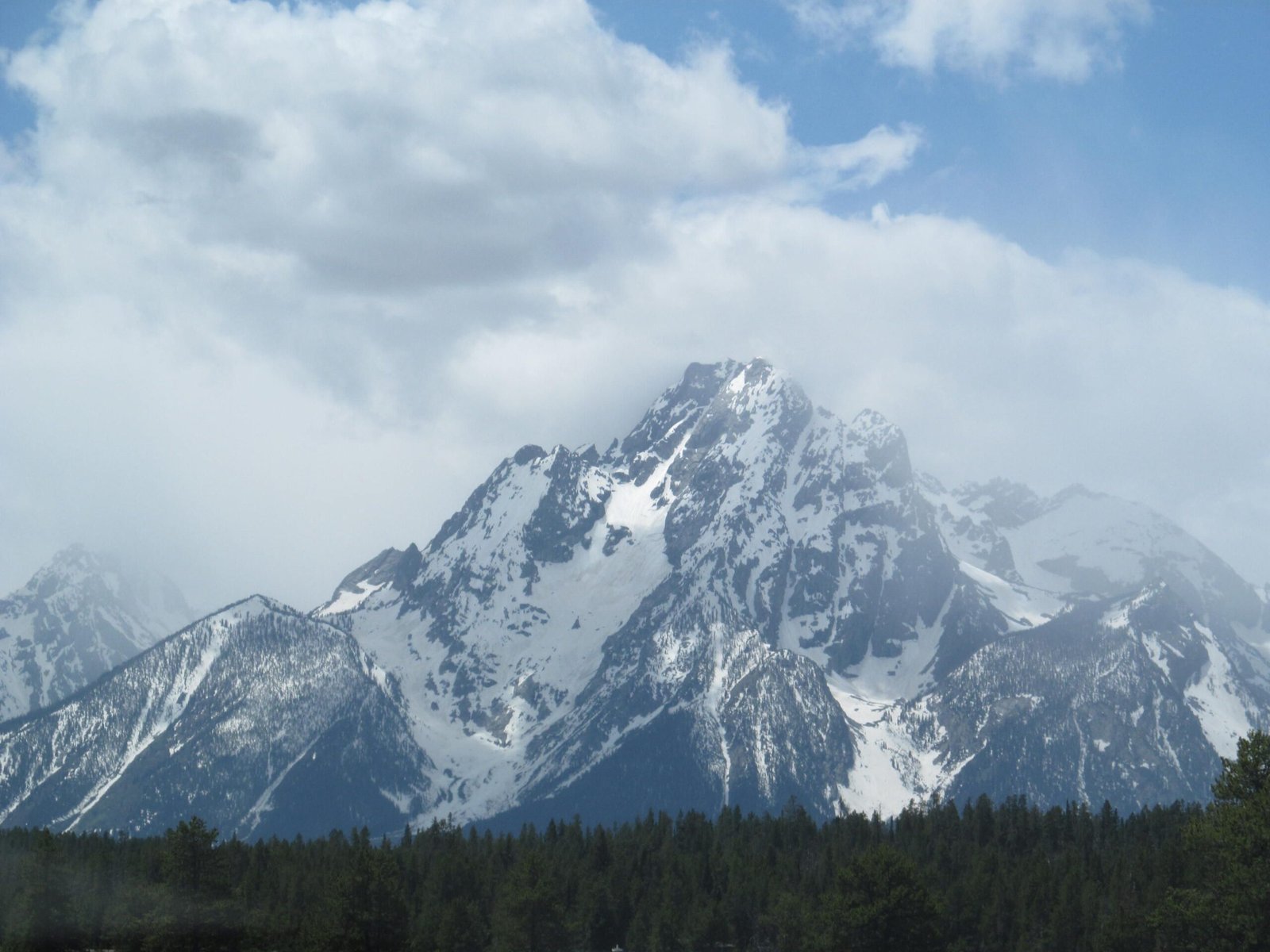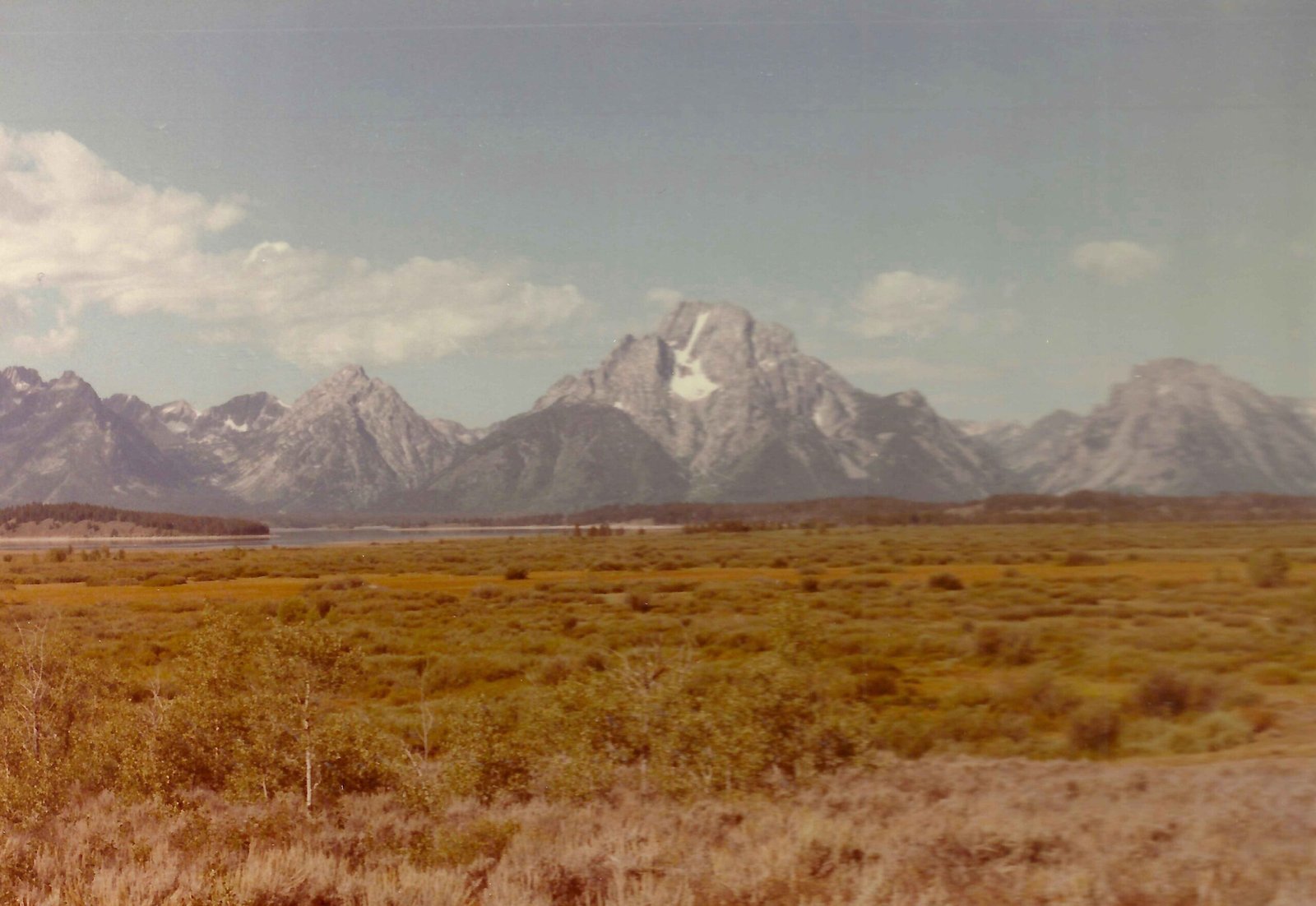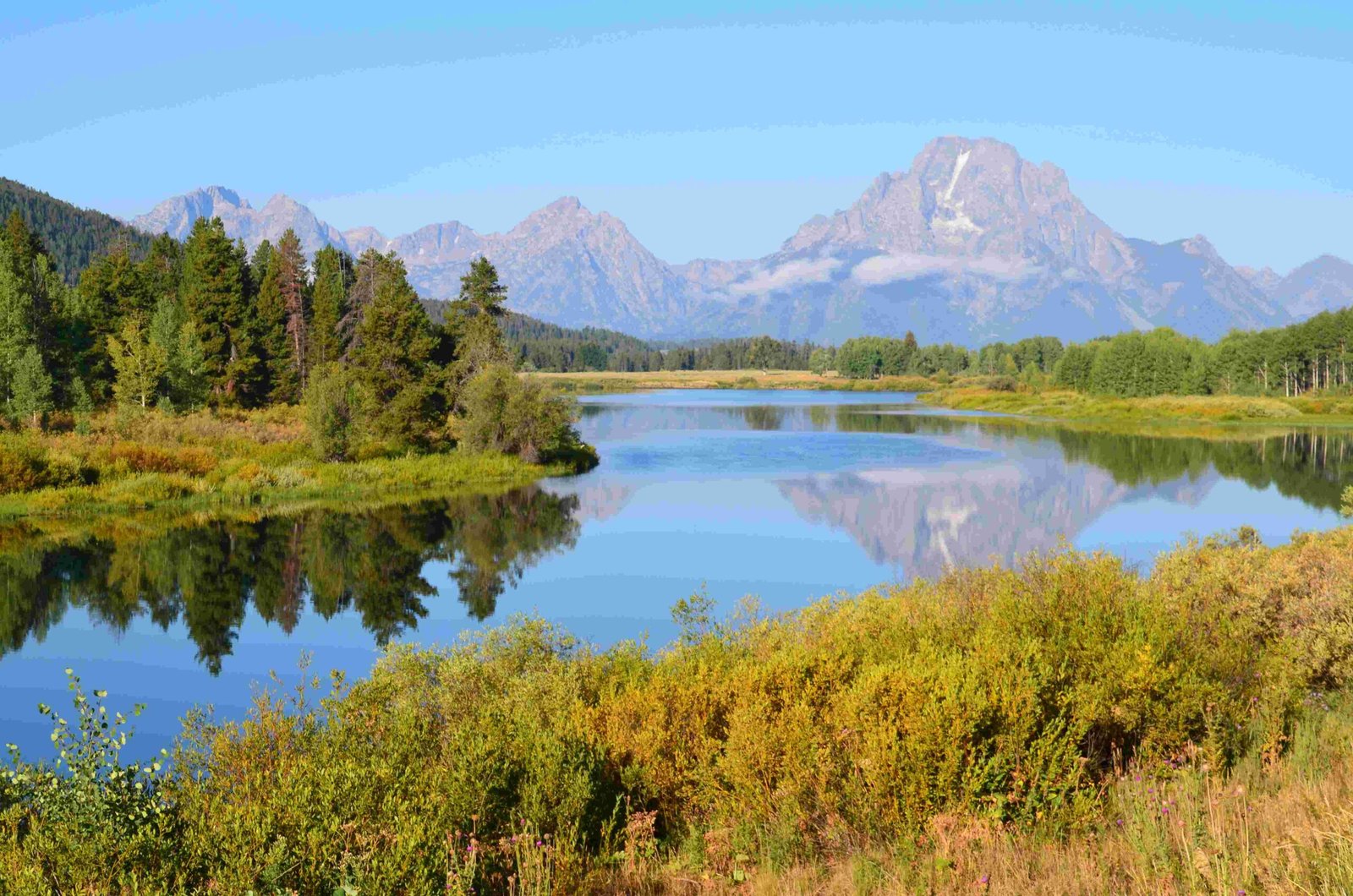Grand Teton National Park, nestled in the northwestern corner of Wyoming, represents a stunning alpine landscape where rugged mountain peaks rise dramatically from pristine glacial lakes and verdant valleys. This extraordinary wilderness sanctuary spans approximately 310,000 acres, offering visitors an unparalleled opportunity to explore diverse ecosystems, observe remarkable wildlife, and immerse themselves in breathtaking natural scenery that epitomizes the raw beauty of the American West.
What Makes Grand Teton National Park Unique?

Grand Teton National Park stands as a geological marvel, characterized by the dramatic Teton Range that rises abruptly from the Jackson Hole valley floor. The park’s landscape was sculpted by glacial activity over millions of years, creating a stunning environment that attracts outdoor enthusiasts, photographers, and nature lovers worldwide.
Geological Formation
| Geological Feature | Description | Significance |
|---|---|---|
| Teton Range | Youngest mountain range in Rocky Mountains | Formed approximately 10 million years ago |
| Glacial Lakes | Created by retreating glaciers | Includes Jenny Lake and Jackson Lake |
| Elevation Range | 6,320 to 13,775 feet | Provides diverse ecological zones |
What Wildlife Can Visitors Expect?

The park hosts an incredible diversity of wildlife, making it a premier destination for animal enthusiasts. Visitors can potentially encounter:
- Large Mammals
- Moose
- Elk
- Bison
- Grizzly and Black Bears
-
Pronghorn Antelope
-
Predators
- Gray Wolves
- Mountain Lions
- Coyotes
Wildlife Viewing Tips
- Maintain a safe distance (at least 100 yards from large animals)
- Carry bear spray
- Use binoculars for observation
- Visit during early morning or late evening hours
- Stay on designated trails
What Are the Best Hiking Trails?
Cascade Canyon Trail
- Length: 9 miles round-trip
- Difficulty: Strenuous
- Highlights:
- Spectacular mountain views
- Waterfall encounters
- Diverse alpine ecosystem
Jenny Lake Loop Trail
- Length: 7.5 miles
- Difficulty: Easy to moderate
- Highlights:
- Panoramic Teton Range views
- Hidden Falls access
- Lake circumnavigation
How to Plan Your Visit?
Recommended Seasons
- Summer (June-August): Peak visitation, warmest temperatures
- Fall (September-October): Less crowded, beautiful foliage
- Winter (November-March): Limited access, excellent for winter sports
Essential Preparation
- Check weather conditions
- Bring appropriate clothing layers
- Carry sufficient water and snacks
- Have a detailed park map
- Inform someone about your travel plans
What Camping Options Exist?
| Campground | Capacity | Amenities | Cost per Night |
|---|---|---|---|
| Jenny Lake | Limited | Basic facilities | $31 |
| Colter Bay | Medium | More comprehensive | $31 |
| Headwaters | Larger | Restaurant nearby | $31 |
Conservation and Respect
Visitors are encouraged to follow “Leave No Trace” principles:
– Pack out all trash
– Stay on designated trails
– Respect wildlife habitats
– Minimize environmental impact
Additional Recommendations
- Purchase an annual national parks pass
- Consider guided ranger programs
- Bring high-quality camera equipment
- Check park website for current conditions
Reference:
– National Park Service – Grand Teton
– Wyoming Tourism Board
– Grand Teton Conservancy

